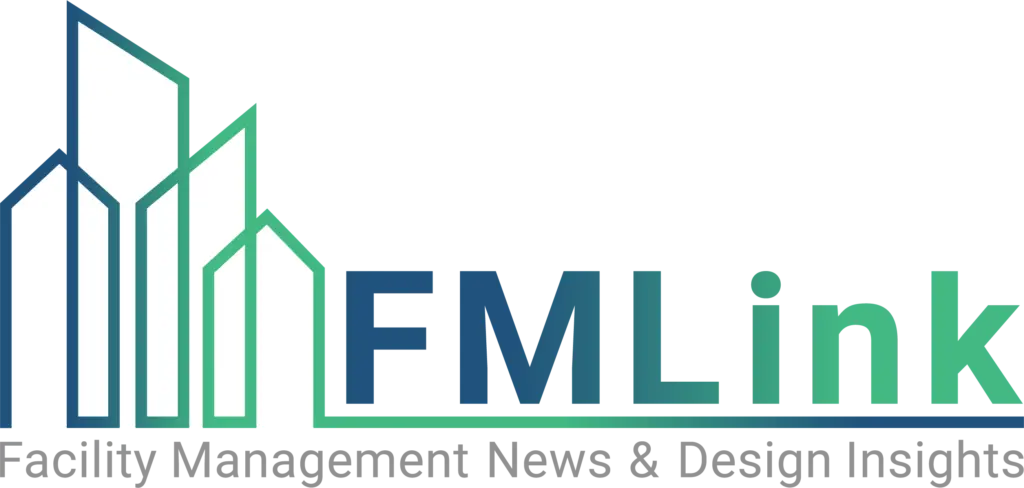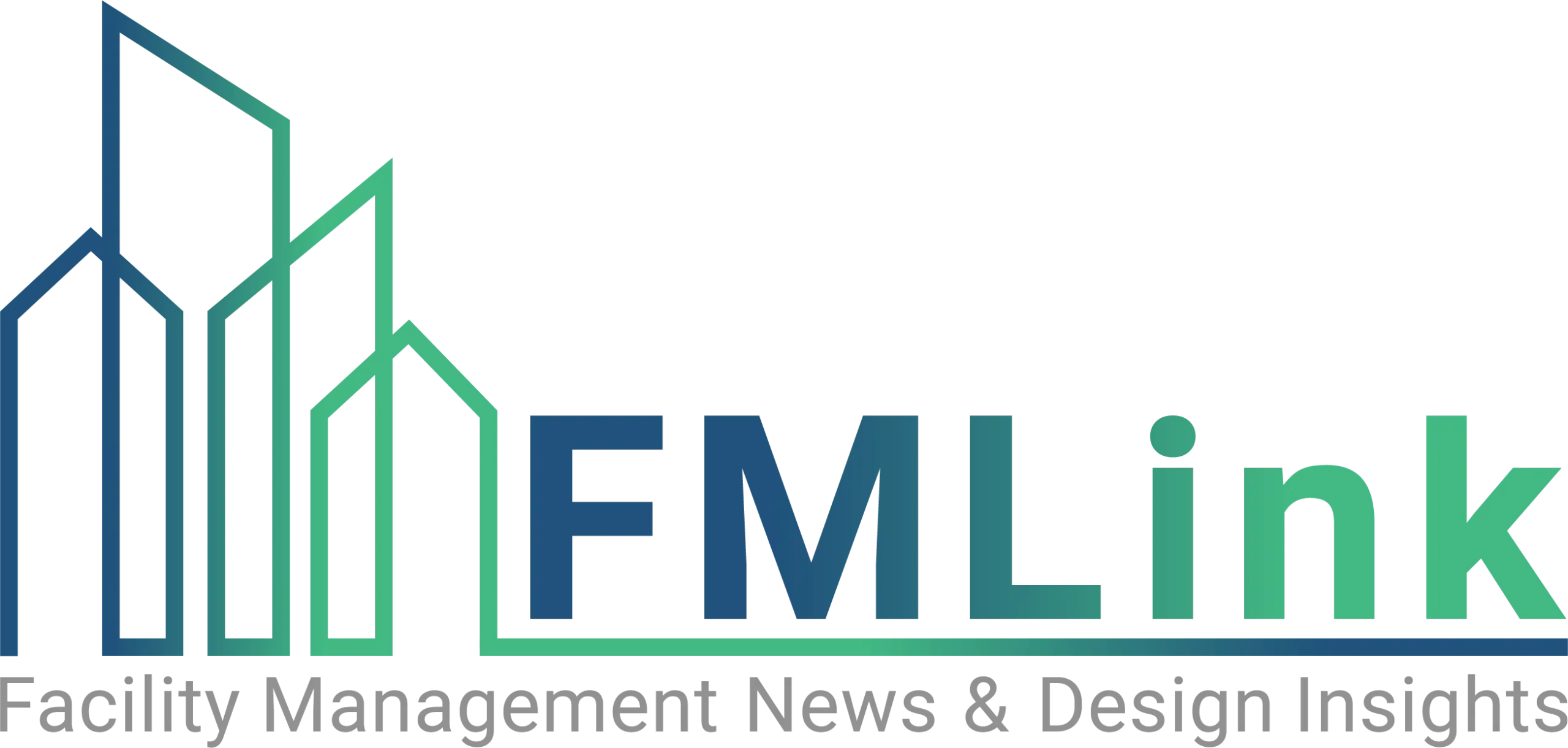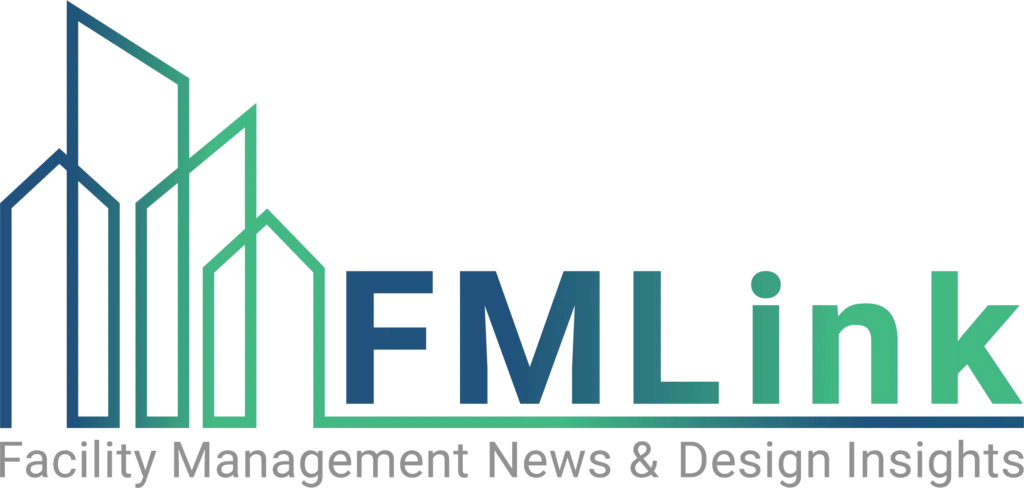Today, the building systems industry offers a multitude of new and emerging technologies for buildings. And many businesses are taking advantage of these new offerings to increase energy efficiency, reduce operating costs and generate attractive returns on invested capital.
Certainly the American Recovery and Reinvestment Act of 2009, which provides more than $20 billion in new funding for energy efficiency initiatives, has provided some impetus recently. But business has been investing in energy efficiency for a number of years.
In 2007, the National Association of Energy Service Companies (NAESCO) reported in its “Survey of the U.S. ESCO Industry Market Growth and Development from 2000 to 2006” that the field of energy services and technologies in the commercial building sector was experiencing considerable growth.
Industry revenues reported by the association indicated that energy services grew by 20% from 2004 to 2006 and totaled about $3.6 billion in 2006. Energy efficiency accounted for almost three quarters of those revenues (or $2.5 billion/year). Of particular note to the study authors (Lawrence Berkeley National Laboratory and NAESCO) was the fact that private-sector investment in energy effi ciency was comparable to the amount spent for utility and public benefi t energy-effi ciency programs. As building owners and project teams across the country have been working to drive greater energy efficiency into buildings, the heating, ventilation, air conditioning and refrigeration industry (particularly energy service companies) have been developing the tools, technologies and service offerings to meet this need. New and emerging efficiency technologies are used in the tools, processes and products/systems employed over the lifecycle of the building. Used throughout the design, construction and operation periods, these technologies truly enable high-performing buildings. They provide tremendous value to organizations, particularly when companies look at their buildings holistically and recognize that the solutions are saving energy and money while enhancing occupant satisfaction and productivity the definition, in essence, of a high-performance building.
What is a High-Performance Building?
High-performance buildings have an energy, economic and environmental performance that is substantially better than standard practice and actually ties the building performance to the mission of the organization or business. They also offer reduced operating costs, higher occupant productivity and enhanced asset value. The Building Owners and Managers Association (BOMA) International formally distinguishes such buildings with its BOMA 360 Performance Program a new program designed to recognize commercial properties that demonstrate best practices in all major areas of building operations. A BOMA 360 Performance award signifies the property is managed to the highest standards of excellence.
The TIAA-CREF headquarters in New York City is just such a building. When TIAA-CREF installed a new high-performance building system (chilled water/central plant) and associated controls in its 27-story flagship New York City headquarters in 2008, the insurance and investment company was projected to reduce its emissions by six million pounds of carbon dioxide per year and save more than $700,000 annually on its energy and operational costs. They are currently on track to exceed both targets. The capital investment to install the high-efficiency equipment and the thermal storage system in lieu of a more traditional cooling system generates a 24% internal rate of return (IRR) over a 20-year life cycle. Superior energy, economic, comfort and environmental performance metrics like these are a hallmark of high-performance buildings. Design Stage Tools for Building/ Energy Modeling and Analysis Energy efficiency is a core goal of highperformance buildings. At each stage of the building lifecycle, technologies are available to help building design and management teams achieve the highest possible efficiency.
|
|
Building Information Modeling (BIM), a growing trend in the construction industry, links computer model-based technology with a database of project information. BIM moves models from two-dimensional to multi-dimensional design to improve how buildings are constructed and how stakeholders collaborate. Because all members of a build team can freely exchange data across different applications and platforms, BIM is changing the way projects are built and stakeholders communicate with one another.
It can also improve the installation and ongoing operational portion of the building lifecycle. These gains are realized because more accurate construction documents improve construction speed and quality and decrease potential requests for information and change orders. In addition, BIM gives the facility manager a smoother process to manage and a complete set of documentation to use in operating the facility. BIM provides measurable increases in productivity and profitability, and many believe that it is revolutionizing building design and construction.
During the modeling process, BIM representations (called objects) are created that represent exact specifications. Objects are pre-populated with physical and performance data unique to each product configuration, saving time and creating a more accurate design. Architects most frequently use BIM to model exterior openings, building skin and exterior wall and skin. Mechanical engineers and contractors often use BIM to model duct systems, air handlers and major equipment.
Energy modeling and analysis tools provide comprehensive and accurate analyses of energy and economic impacts of building features. The latest modeling and analysis tools use sophisticated algorithms to accurately track the most complex demands of building projects. A building designer or energy engineer uses the modeling program to develop a virtual model of the building. The software examines the various zones and systems to, first, determine peak loads for equipment and system sizing purposes and, then, to simulate the building’s energy consumption patterns. It then creates a total picture of the building’s energy use, including how energy consumption breaks down by fuel type, task, and building component, which enables a designer to evaluate multiple systems and configurations, and choose the optimum configuration and efficiency. Advanced design and energy modeling tools incorporate up-to-date energy codes and recommendations, including those from ASHRAE. The latest applications also have the flexibility to handle data for building systems at varying stages of the building lifecycle.
It is best to use modeling early in the design process. This allows the building team to prioritize investments in efficiency strategies that will have the greatest impact on the building’s energy use. The U.S. Green Building Council’s LEED certification system requires energy modeling to obtain points under its “Energy & Atmosphere” category. The DOE’s Building Software Tools Directory (http://apps1. eere.energy.gov/buildings/ tools_directory/) maintains a current list of energy modeling and analysis programs (Figure 1). The DOE also offers a Portfolio Manager tool for energy benchmarking of existing buildings.
Renewable Energy and Energy-Efficient Technologies
|
|
Many high-performance building teams incorporate renewable energy technologies into the design to reduce utility dependency and environmental impact. Benefits include greater stability in power supply, and, often, government incentives to help fund renewable applications.
The following renewable energy technologies continue to become more cost-effective, making them viable solutions for many types of building projects. Solar/photovoltaic technology today is more affordable and effective in a wider variety of applications. It is a clean energy source that captures the sun’s energy to create electricity. The latest roofmounted photovoltaic technologies have far more compelling economics than earlier products, the U.S. Department of Energy reports. The integration of photovoltaic panels into buildings is one of the fastest growing segments of the solar industry. The National Renewable Energy Laboratory (NREL) conducts research on integrating photovoltaic panels into buildings to improve aesthetics and system reliability, while reducing costs and utility transmission losses. Geothermal is a clean, renewable resource that uses heat from the earth’s interior. Today, advances in technology and applications knowledge make geothermal a highly effi cient solution for modern buildings.
A geothermal heat pump system commonly uses pipes buried underground near the building as the means to harness the energy of the earth for heating and cooling a building. During the winter, heat from the ground travels through the heat exchanger into the building. In the summer, hot air from the building is cooled by being channeled through the heat exchanger into the cooler ground. Geothermal is an effective solution for many traditional building projects, particularly where there is enough land to locate the in-ground well fields and piping.
Geothermal has become more efficient due to improved pumping and product designs. It has also become more popular as more engineers and contractors have become familiar with how to properly design and install these systems. Continued research into well field design and product efficiency enhancements has made it possible to produce energy from lower-temperature geothermal resources, which enables these systems to operate effectively in a wide range of geographies and climate zones. Cogeneration (also called Combined Heat and Power or CHP) involves simultaneous generation of two forms of energy heat and electricity from one energy source. Typical power plants waste a large portion of available energy as excess heat. CHP captures this excess heat, which greatly increases the power capacity.
Cogeneration technologies are widely used in European countries and are now taking hold in the United States to tackle rising energy costs and to create sustainable buildings. They are relatively common in industrial facilities in the U.S., but are especially suitable in high-rise buildings and large apartment complexes where they are becoming more prevalent. Thermal Energy Storage (TES) solutions are also becoming more widely used for various types of building projects, including in urban areas. Typical systems make ice or chilled water at night during the off hours to provide cooling for air-conditioning during on-peak hours. The chiller plant operates at a lower capacity during the day.
As a result, energy consumption is lower during on-peak hours, when rates are higher and there is more strain on the energy grid. TES systems save operating costs and can also positively impact the reliability of the electric grid by shifting peak cooling loads from onpeak to off-peak and improving the load factor.
TES solutions are costefficient when you take a total cost of ownership view of your building. TES is more expensive on a first-cost basis, but saves with operational cost where lower rates are offered for offpeak- hours energy use from the local utility.
Technologies for Building Performance
Today’s state-of-the-art building automation systems utilize sophisticated algorithms to optimize the timing and sequence of system component operation, using many more sources of data input than ever before. Not only can today’s automation systems get the maximum efficiency out of a building’s mechanical components, it can also do so using the energy rates of the moment even if those rates change several times within an hour. Another benefi t of today’s automation systems is the ability to enable remote monitoring and control, which is often outsourced to a central monitoring center. These centers can provide very basic services such as alarm monitoring and notifi cation, or more advanced services such as remote diagnostics and repair.
They can even help reduce cost in the long run by resolving some issues remotely and avoiding a technician dispatch. And if a technician must be dispatched, he/she can arrive on site and minimize any downtime of the system. Consistent with the trend in most technology products, building automation systems have become more capable as costs have declined. Most systems today utilize an open communication protocol, which doesn’t just help with integration between different systems, but also helps mitigate future issues of backwards compatibility. For several years now, state-of-the-art building automation systems have offered a compelling payback for new construction; and with recent advances in affordable and reliable wireless technologies, this is now coming true for even the most challenging existing building retrofits. Developments in field sensing and controls technology enable facility managers to maintain greater control and integration of building systems. The facility manager can capture and identify data remotely in a handheld computer and conduct rapid troubleshooting and remediation. Advances in heating, ventilation and air conditioning (HVAC) technology have greatly improved building comfort and flexibility, while decreasing building energy consumption.
Operations & Maintenance
Ideally, high-performance buildings are operated and maintained to ensure efficient and optimal outcomes throughout the lifecycle. This means ongoing operation and maintenance are critical to ensure design-level efficiency and performance. It’s also important to note that high-performance buildings are upgraded and modernized to meet the needs of the business and occupants as they change over time. In the last decade, we’ve seen a defi nite progression in how we approach building maintenance migrating from just being reactive to being proactive. And now we are increasingly seeing businesses adopt a predictive approach. The tools and technologies available today have enabled that progression. Technologies for preventive and predictive maintenance have come a long way to target and remedy potential problems and inefficiencies, as well as gather trend data. The following diagnostic and testing technologies are now highly affordable and accessible.
Infrared thermography creates visual images that show temperature variations of object surfaces. It detects conditions or stressors that potentially degrade components or affect functionality. For example, the technician can use the infrared radiometer to detect heat loss of the building envelope, or heat loss or gain of a piping distribution system both are indications of energy waste and uncontrolled operational expense. Ultrasonic analyses identify problems related to component wear as well as fluid leaks, vacuum leaks and steam-trap failures. Ultrasonic is a simple and inexpensive technology that provides extremely useful diagnostic information on equipment such as boilers, condensers, heat exchangers, pipes, valves, fans, compressors, pumps and more.
Vibration transducers detect how rough or smooth a machine is running, so that the technician can evaluate the machine’s condition. Vibration monitoring and analysis can help the technician diagnose many problems in rotating equipment, such as misalignment, rotor rub, mechanical instability or weakness.
“Smart” Building Capabilities
And then there are the intelligent equipment, services and remote monitoring capabilities that make a building seem as though it could run itself. Smart equipment and smart services leverage sensors, controls and technologies so that they automatically respond to the pre-programmed needs of a building. Consider, for example, an office building with a large auditorium that is only in use for occasional, large meetings. When no one is in the room, carbon dioxide sensors detect the low levels of the gas and dial down the HVAC, and motion detection sensors can turn off lighting equipment.
In another example, HVAC controls can be set up to monitor equipment performance, perhaps sensing a level of vibration that is out of tolerance and ramping down the load on the unit so it remains online and doesn’t result in an unplanned breakdown. Self-diagnosis and self-repair that higher level of intelligence in which the system or equipment itself diagnoses the problem and makes the appropriate type of service call seems almost science fiction-like. But it is available today and helps facility managers be more productive and deliver higher levels of building performance. Continued growth in high-performance buildings assures ongoing development of building technologies such as these, as well as ever-advancing capabilities. These technologies also will help meet the increasing demand for environmental certification, driven largely by legislation and incentive programs now and in the future.
The U.S. Green Buildings Council predicts that it will have LEED certified 100,000 commercial buildings and 1 million homes by 2010. In the meantime, building teams will continue to see the advent of more and better technologies that will help them take their buildings to new levels of efficiency and performance.






